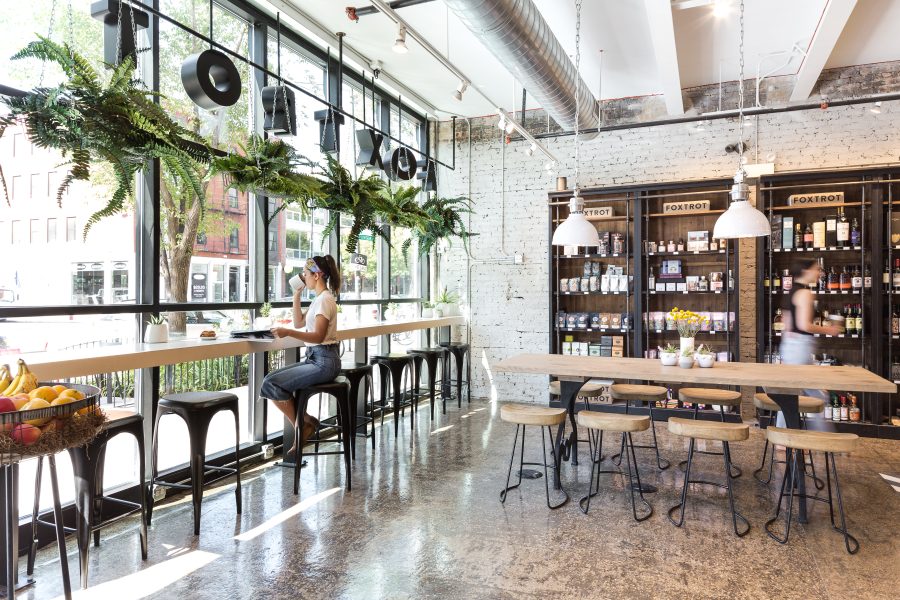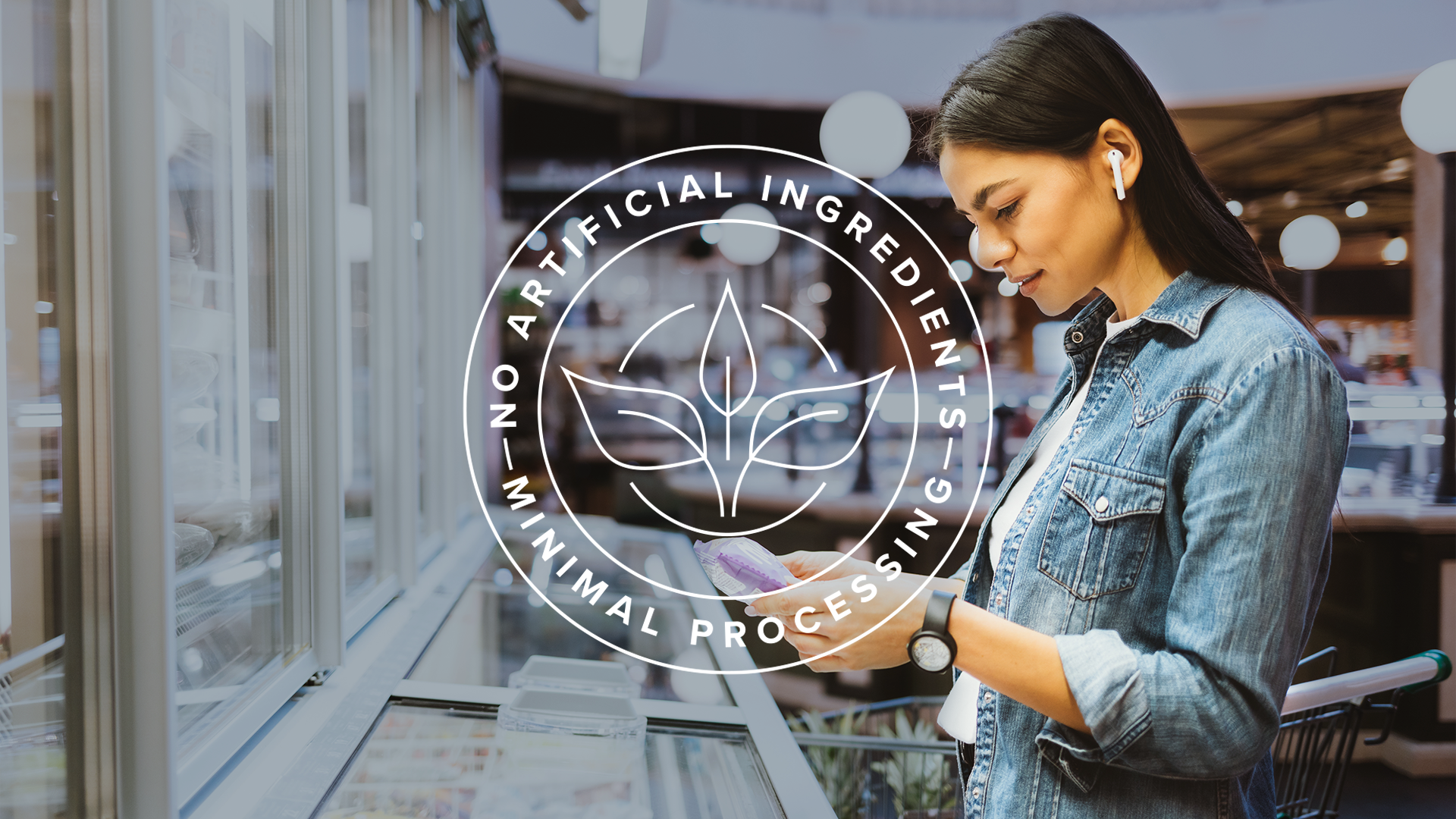Restaurant industry executive Kevin Bryla closely monitored the sector during the past two years, and he walked away rather impressed by operators’ resilience. Despite pandemic-related challenges, many restaurateurs displayed more than enough savvy to survive.
Now Bryla, the CMO of SpotOn, feels independent restaurateurs should boast optimism as they look ahead to 2023.
“This year we saw 78% of operators report an improvement in profit margin; they’re clearly on the path to double-digit margins,” Bryla told The Food Institute.
SpotOn recently revealed its State of Restaurant Tech Report, and more than a few findings were rather eye-opening. The report’s data was largely compiled by research and consulting firm Technomic, which surveyed 300 independent and small chain restaurant operators in August.
SpotOn, a software and payment company that partners with restaurants, noted in the report operators’ plans for tech investment, and also gauged their thoughts on their most pressing challenges – namely, cost, complexity, and labor. Despite those challenges, the report found that 31% of operators had a double-digit improvement in profit margin over the past year.
Among the report’s most noteworthy findings:
- 75% of operators are likely to adopt new technology in the year ahead (among fine-dining restaurants, that number rises to 85%)
- 68% of respondents plan to invest in payroll management in 2023 (44% cited payroll as an increasing challenge of late)
- 63% plan to invest in a loyalty program in the year ahead
- 63% plan to invest in QR codes for menus, ordering, or payment
- 59% plan to invest in digital kitchen display systems (KDS)
- 29% of restaurants cited food costs as their top current challenge; employee retention was second, at 21%
“As labor laws and regulations evolve, operators will need to have systems that help them stay compliant with tipped versus non-tipped wages, breaks, and predictive scheduling regulations,” Bryla told The Food Institute.












